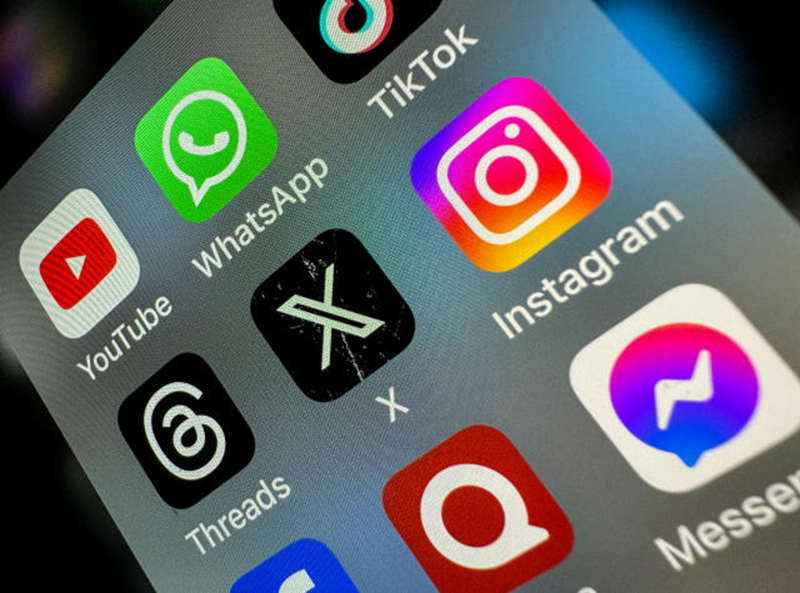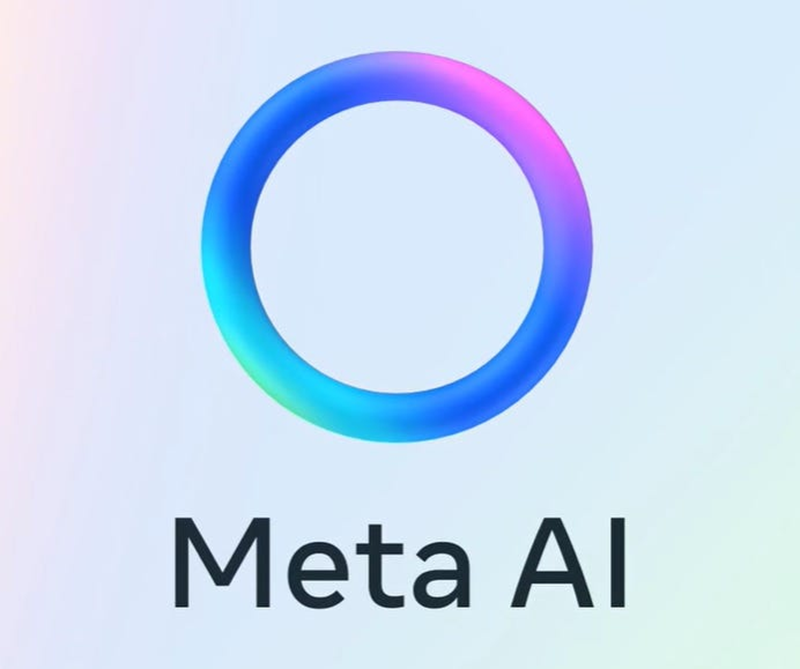The third wave of the corona is likely to reach its peak between February 1 and 15. This has been claimed in a preliminary analysis by the Indian Institute of Technology (IIT), Madras. According to the assessment, the current wave of the coronavirus may reach its peak between February 1 and 15 and it is expected to be faster than the previous waves.

High rate of spread of infection
India's 'R-zero' value, indicating the spread of Kovid-19, has been recorded at four this week, indicating that the rate of spread of the infection is very high. 'R-zero' or 'R0' shows how many people an infected person can spread the infection to. If this value drops below one, then this epidemic is considered to be over. Last week (from December 25 to December 31) the R-value was close to 2.9 at the national level, based on a preliminary analysis of computational modeling by EIT Madras. This week (January 1 to 6) this number was recorded at four.

Restrictions can get some relief
Dr. Jayant Jha, Assistant Professor, Department of Mathematics, IIT Madras, said that the R0 depends on three things - the risk of spread, the contact rate, and the likely time interval in which the infection can occur. He said that now with the measures of isolation or increasing the restrictions, it may be that the rate of contact may come down and in that case, the R0 may be reduced. Based on our preliminary analysis we can tell this number but this number can change depending on how decisive action is taken regarding the gathering of people and other things.

This wave will be different from the earlier waves
Jha said that according to his assessment, the current wave of the coronavirus may reach its peak between February 1 and 15 and it is expected to be faster than the earlier waves. He said that this wave will be different from the earlier waves. Vaccination is a factor, but this time measures like social distancing have been seen less. The advantage here is that this time around 50 percent of the population has been vaccinated.










